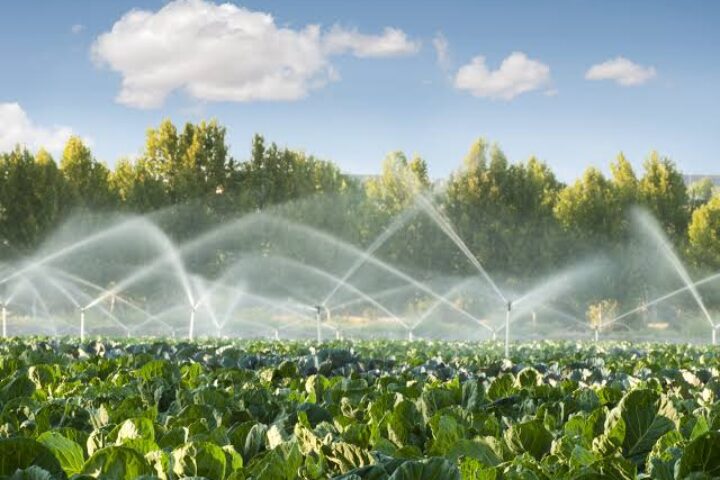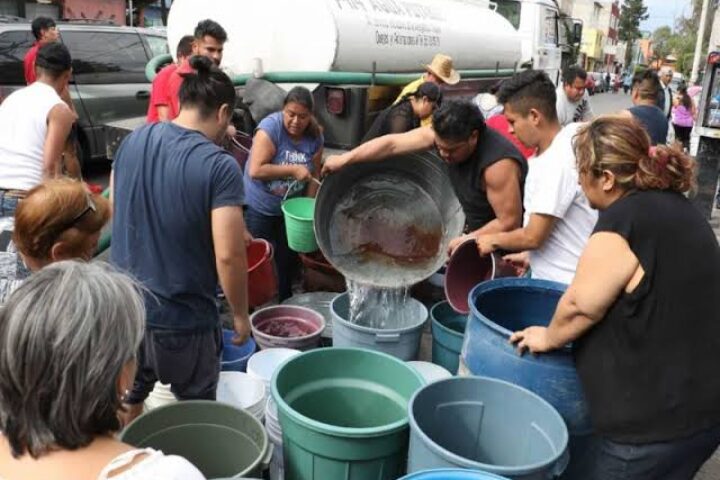Water crisis
What is the Water Crisis?
We are currently facing a crisis caused by the scarcity of available freshwater on the planet, known as the water crisis. Changes in climatic conditions and the overexploitation of this vital resource have generated a global emergency that we must address. The problem is such that the World Health Organization estimates that by 2025, half of the population could live in water-stressed areas, increasing the risk of social and economic conflict.
Around the world, 70% of available freshwater is used for agriculture; of the remaining 30%, 20% is used in industry (mainly for cooling processes) and only 10% for human consumption and sanitation. The high demand for water has caused 21 of 37 aquifers around the world to diminish in volume at an alarming rate.

How does the Water Crisis affect us?
This global crisis threatens human health and food security. The population is increasing at such a pace that it is estimated that by 2035, food production will have to grow by 69% to meet their needs. This, coupled with the fact that the climate crisis is affecting crop yields, means that the demand for water will continue to increase, affecting the availability of the resource for the most vulnerable people.
Lack of water is also directly related to gastrointestinal and respiratory diseases; currently, 700 children die every day from diarrhea due to lack of clean water. This is why the water crisis, like the climate crisis, must be addressed from both an environmental and ethical perspective, and will require a more just distribution of the resource, as well as innovations to reduce its waste and excessive use.

Everything is related
The environmental problems we are experiencing interact and amplify each other. The climate crisis affects the quality and availability of drinking water in the world, through more frequent droughts, more intense storms and floods that contaminate drinking water supplies, and the melting of glaciers.
Glaciers and polar ice are very important ecosystems for temperature regulation because, given that they are white, they reflect much of the sunlight back into space and keep the Earth at a suitable temperature (this is known as the albedo effect). But due to the increase in global temperature, glaciers are shrinking and less energy is reflected back into space, causing the planet to warm faster. Also, water that was frozen becomes part of the water cycle again, causing more water vapor (a greenhouse gas that locks heat into the Earth) to be generated, and more water to enter the oceans, contributing to sea level rise and affecting the amount of water flowing through rivers.
Water scarcity is a clear example of how the consequences of climate change (storms, hurricanes and droughts) can affect water availability, leaving millions of people without water. The most troubling thing is that those most affected by climate change and the water crisis are people living in less developed countries, marginalized areas and in conditions of poverty. Moreover, those most affected tend to be those with the lowest carbon footprints and those who have contributed the least to causing the problem.
Today, more than 10 million Mexicans do not have access to safe drinking water, and Mexico City is likely to run out of water by 2030 due to lack of infrastructure and maintenance, lack of water treatment, population growth and the effects of climate change.
We need to continue to innovate in our water management. And we can all do our part to lead more sustainable and conscious lifestyles to ensure the availability of water for all.
Sources: Stanford University, UNICEF, IGRAC, WWF
Chekout this video.